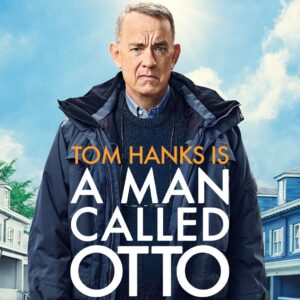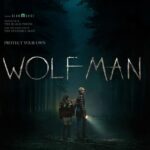
A Man Called Otto
Otto Anderson, recently widowed, is a rigid man and unable to relate to others. He takes it out on any person who doesn’t follow the regulations to the letter. When someone enters the private area without permission by car where his apartment is, or does not separate waste collection correctly, he will take care of pointing it out to them. In fact, every day he organizes a patrol to check if there is something wrong. In addition, he has never recovered from the death of his wife Sonya to whom he was very close and plans to commit suicide on more than one occasion. His existence is suddenly enlivened by the arrival of Marisol and her husband who have rented a house across from him. The young woman, already the mother of two girls and awaiting the third, bursts like a hurricane into her life and a friendship is gradually born between them that will remain forever.
A girl running to catch a train, a book falling to the ground. Already this image, as a personal memory and as a flashback, marks Not so close. It is a page of Otto’s life that becomes a decisive existential crossroads.
And it is precisely the fragments of the past, with the nuanced colors of Matthias Koenigswieser’s photography that set the tone of a fairy tale where, however, the spell is about to break at any moment, which brings Marc Forster’s cinema back to its most successful outcomes of his cinema such as Neverland – A dream for life but also close to the rawness and even humanity of Monster’s Ball. Memory always comes back to life through details (the trip to Niagara Falls), objects, broken dreams and lost illusions.
Based on the bestseller “The man who put the world in order” by the Swedish writer Fredrick Backman and film remake of Mr. Ove, Not so close seems a film made in the early 2000s, with the times of a sentimental cinema now lost and Tom Hanks who characterizes his character with traits that come from Jack Nicholson and Robert Duvall where behind the hard rind and intractable character there is his whole story waiting to be told. Initially it is too tied to the Swedish film of 2015 where in the description of the protagonist’s everyday life of the first meeting with Marisol and her family, there is such a clear writing that it does not allow spaces.
Then Not So Close gradually melts away, finds the right balance between comedy and drama (the driving lessons, the collision with the clown in the hospital) and refers to the more intimate atmospheres of Robert Benton’s cinema and the magical ghosts of Brad Silberling’s films that appear in the scenes in which Otto is in front of his wife’s grave.








